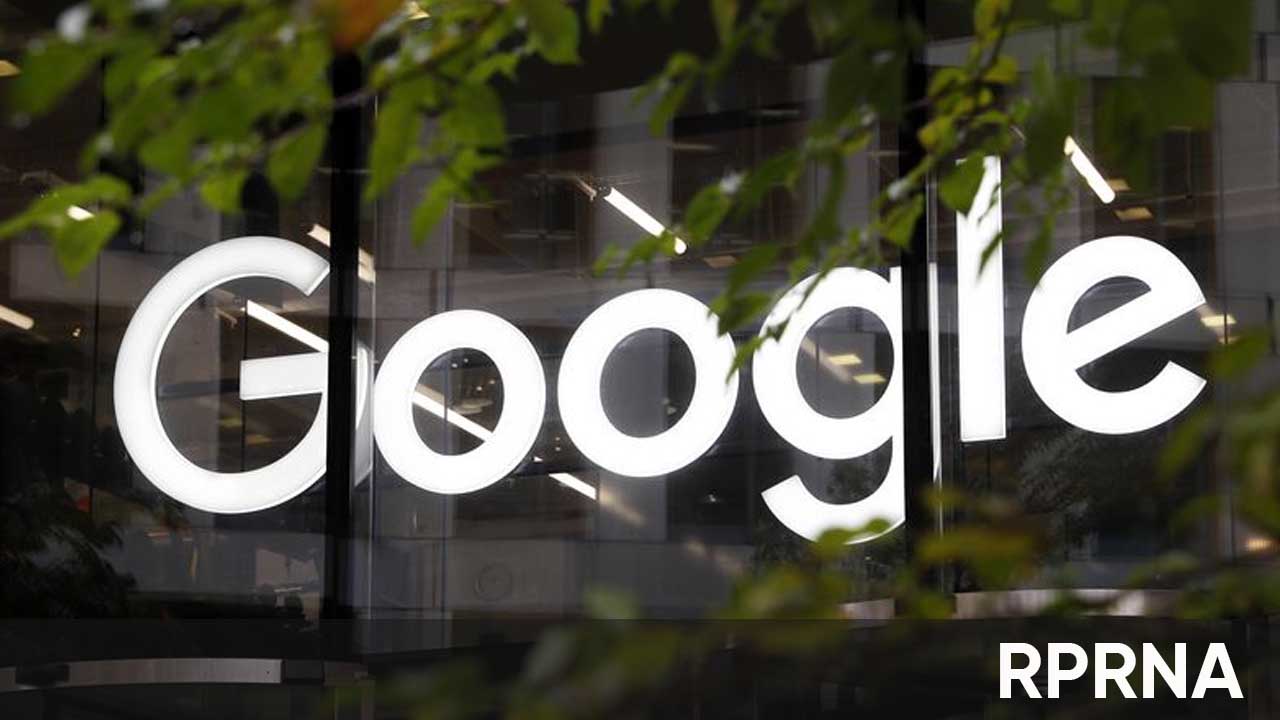In recent years, capturing High Dynamic Range (HDR) photos has become a common feature in smartphones, delivering images with richer colors and greater contrast. The Android 14 release marked a milestone by supporting “true HDR” images through Google’s Ultra HDR format.
However, this innovation initially faced a compatibility hurdle: HDR images captured on Android didn’t always display correctly on iOS devices. Both Google and Apple are implementing a shared HDR standard, making HDR photos appear consistently on Android and iOS, simplifying cross-platform compatibility.
Ultra HDR: A Unique Approach to HDR
Google’s approach with Ultra HDR is both efficient and forward-thinking. Rather than creating an entirely new file format, Ultra HDR is based on the widely-used JPEG format. These Ultra HDR images are essentially JPEG files with added metadata—a gain map. This gain map is overlaid on the base JPEG image, creating a true HDR effect. Devices that recognize and apply this gain map can display HDR images, while devices that don’t recognize it will simply show the Standard Dynamic Range (SDR) version of the image.
However, this unique approach required more than just an HDR display to see the HDR effect. Apps and devices had to support the Ultra HDR gain map metadata and know how to apply it. Without such support, even if a device had an HDR display, it would only show the SDR version of the photo. This led to inconsistency across different apps and platforms, especially when sharing HDR images between Android and iOS.
Challenges in Cross-Platform Compatibility
The main challenge for developers and app platforms was that there were multiple methods to encode gain map metadata. Google’s Ultra HDR format, which uses Adobe’s encoding scheme, works well for Android. However, Apple developed a separate encoding method for HDR photos on iOS. Consequently, an app like Instagram would need to manage both encoding methods to ensure that users on Android and iOS see the same HDR photo.
A Universal Solution: ISO 21496-1 Standard
To bridge this compatibility gap, Google and Apple have now adopted the ISO 21496-1 standard for gain map metadata. This standardized approach defines how gain map metadata and its attributes are encoded and applied, making it possible for HDR photos to be displayed as intended across different platforms. Now, users can take an HDR photo on an Android device and share it with friends on iOS devices, and vice versa, with consistent results.
ISO 21496-1 in Action: Updates from Apple and Google
During Apple’s Worldwide Developers Conference (WWDC), the company announced that macOS 15, iOS 18, and iPadOS 18 would incorporate APIs for encoding and decoding HDR images using the ISO 21496-1 standard. Apple’s Messages, Photos, Preview, and Quick Look apps are also adopting the standard, ensuring HDR photos appear correctly in these native apps. Initial testing even shows HDR photos taken on a Pixel phone displaying accurately on a 2022 MacBook Pro, a significant improvement in cross-platform compatibility.
Google has also integrated the ISO 21496-1 standard into Android 15, supporting both the encoding and decoding of HDR metadata. Android 15 devices now embed ISO 21496-1 metadata in Ultra HDR JPEG files by default. The Google Chrome browser also supports this standard, allowing HDR images to display correctly in the browser on both Android and other platforms.
Improved HDR Compatibility Between Google and Apple Ecosystems
Currently, Google Photos on Android supports HDR images taken on iPhones, even though it’s unclear if Apple’s devices are consistently encoding gain map metadata with the ISO 21496-1 standard. As Google Photos and Apple’s native apps adopt the standard, HDR photos will continue to gain compatibility across more devices, enhancing the user experience on both Android and iOS.
The Future of Cross-Platform HDR
By adopting the ISO 21496-1 standard, Google and Apple are setting a new standard in mobile photography, making it easier for users to share and view HDR photos without compatibility issues. This development ensures that HDR images taken on Android devices appear accurately on iOS devices and vice versa, fostering a more integrated and seamless photo-sharing experience across platforms.
Join Us On Telegram







